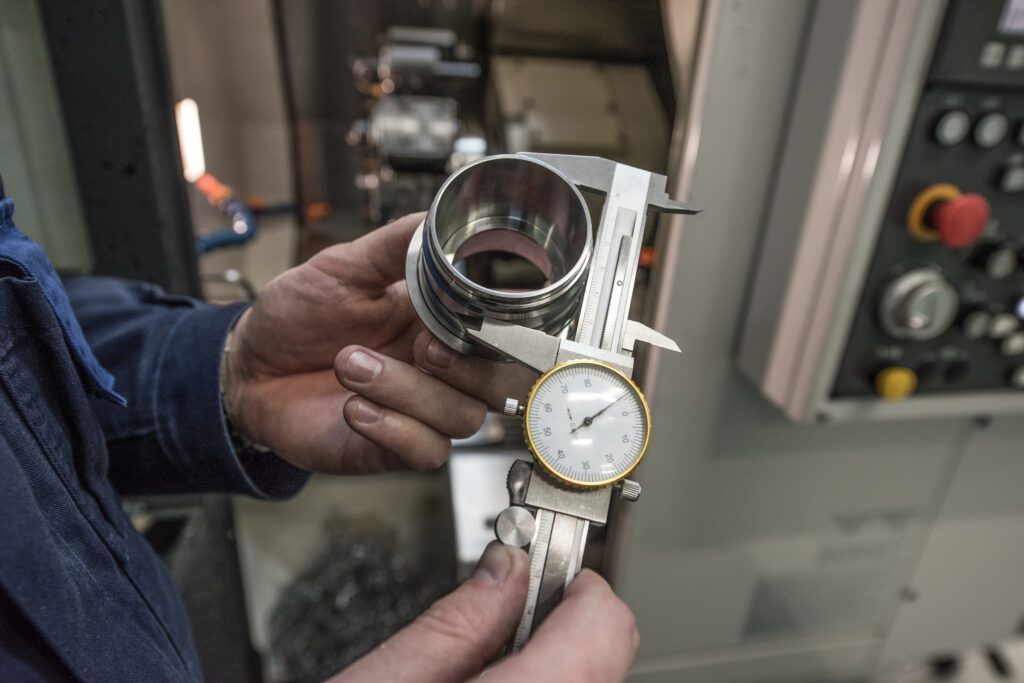The incoming inspection detects non-compliant parts from sub-suppliers before they reach the production line.
When defining this activity, it’s worth considering strategies that will help in its better management. You can find answers on how to manage this area in the article below.
Random control – is it really the right direction?
The standard approach for “incoming” component inspection is quantification. However, the question here is whether it is sufficient. Why?
For example, let’s consider components that we receive from a sub-supplier and that are injection-molded. The molds used in the processing of plastics are most often multi-cavity. This means that during one injection cycle, we receive from a few to even several components. The latter scenario is for small parts.
In such a situation, a more sensible approach is to change the measurement strategy from randomly selecting, for example, 5 parts to be verified, to verifying one part from each cavity.
Thanks to this, we will avoid a situation where some components, which were initially assessed positively and moved to the production process, end up being reported as non-conforming during production.
Dock to stock, Freepass, Self-Certification
As you can see, this strategy has several different names depending on the client we are working with. Its implementation allows the organization to optimize the resources allocated to incoming inspection. What is it about?
If our sub-supplier is qualified during the pre-launch phase (i.e., has PPAP approved by our supplier management department), we can internally establish a self-certification status for it.
This is because its components will not be subject to incoming inspection. However, when there is a quality problem assigned to a sub-supplier, self-certification is lifted, and subsequent (for example, three) deliveries will be inspected “on entry”. If we find no non-conformities, we will classify the sub-supplier again as Dock to stock, Freepass, or self-certification.
One important note: The granted status should function only within our company. We should not inform our sub-supplier about it. This is due to a simple calculation. If our sub-supplier knew that we would not control its components, then it would be more likely to transfer non-conforming parts, thus reducing its internal scrap level.
What if, within a calendar year, we find out that we have never carried out any incoming inspection? As planned, of course, because there were no quality issues. In this case, the company can perform an internal preventive sub-component inspection as part of the IATF 8.6.2 requirement. It involves re-qualifying the manufactured product as the company delivers it to the customer.
Incoming Inspection for Variable and Attribute Values
In this inspection (and not only), we deal with two types of data: attribute and variable. For attribute data, the obtained result has two elements: OK / NOK, no scratches / scratches found, etc.

Figure 1. Diameter measurement example
However, for variable values, the measured value is the result. Why am I mentioning this? Working many times as a representative of the customer’s quality, I saw records where, for the value of, for example, diameter with +/- tolerances, the recorded result was: OK. The wrong approach obviously requires adjustment.
Dariusz Kowalczyk


